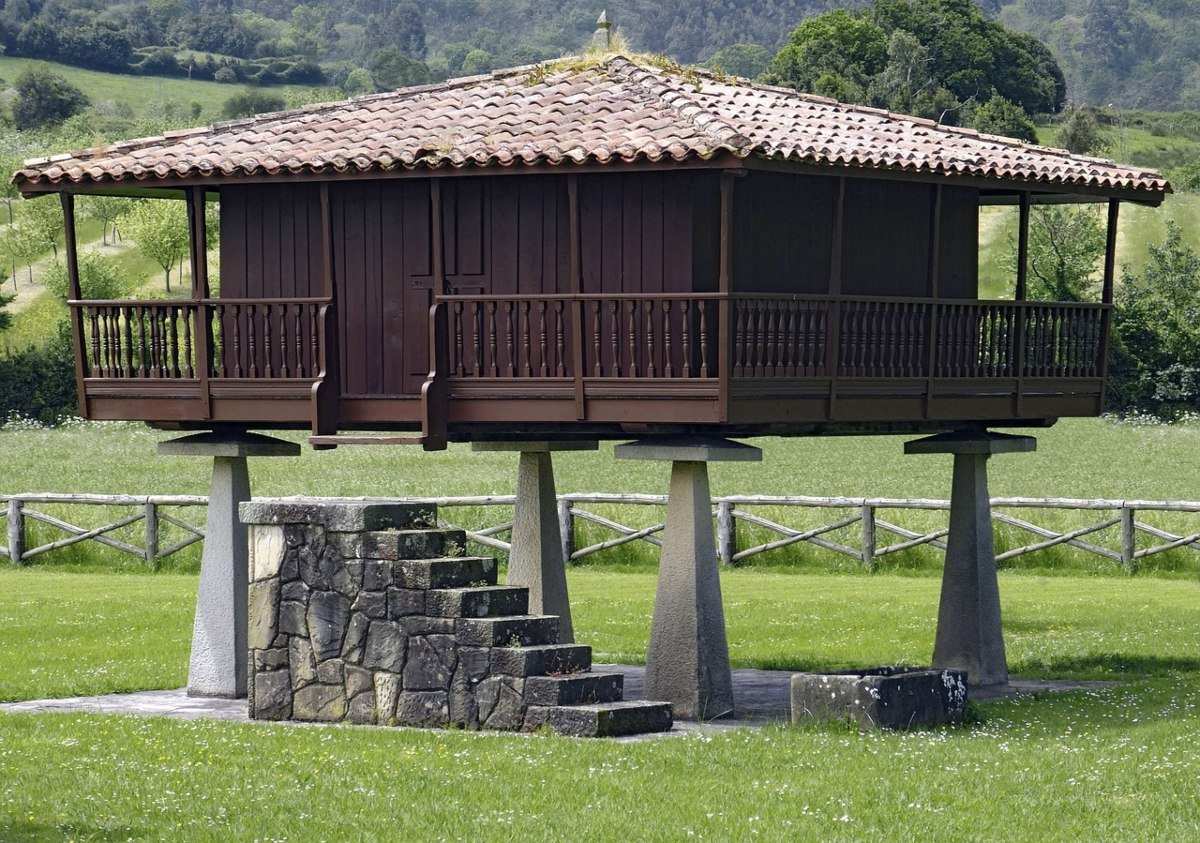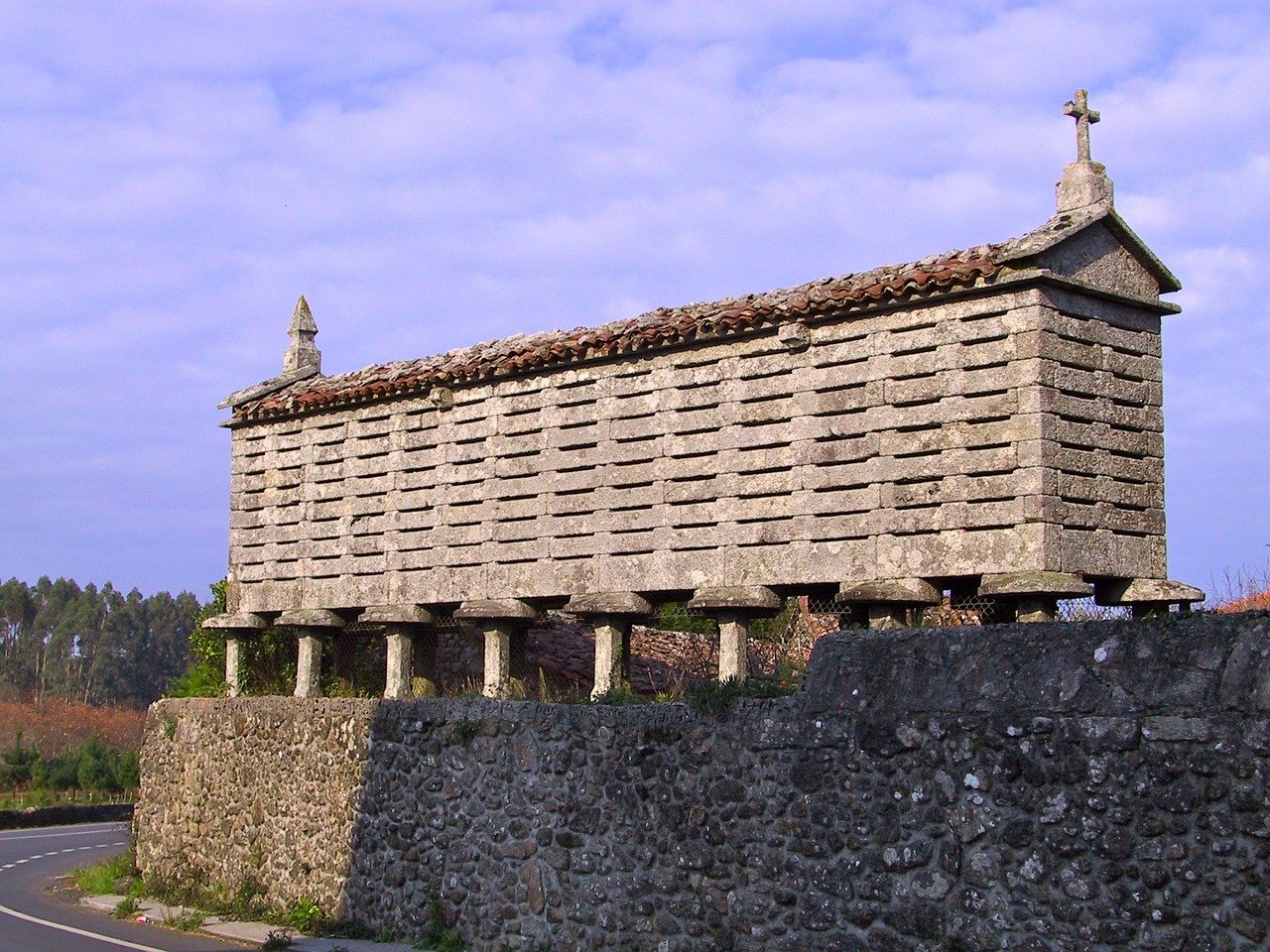Málaga’s position as one of the cultural capitals of Spain has been further cemented over the weekend with the grand opening of the city’s latest museum, the Pompidou.
The March 28th inauguration was attended by Spanish Prime Minister Mariano Rajoy as well as by France’s Minister of Culture, Fleur Pellerin.
Inauguramos el @cpompidoumalaga. Francia y España unidas para difundir nuestro tesoro cultural #ExperimentaCPM pic.twitter.com/H7Fq8NCMzk
— Mariano Rajoy Brey (@marianorajoy) March 28, 2015
"The Cube" includes works by Málaga native Pablo Picasso, as well as by artists such as Alberto Giacometti, Frida Kahlo, René Magritte and Marc Chagall, borrowed from the Parisian Pompidou.
The Pompidou, which will pay €1 million a year to borrow the artworks, also features work by Irish-born artist Francis Bacon.
According to regional newspaper Diario Sur, the works of art even encroach into the museum’s bathrooms – the gents are filled with a flashing red light and sounds while the ladies’ are filled with green light and "optimistic phrases".
The Pompidou museum, located in a glass cube in Málaga’s port area, is a 'pop-up' museum that will last at least five years.
Málaga, renowned for its beaches, attracts thousands of tourists every year and has recently been reinventing itself as a cultural centre.
On March 25th, the first overseas branch of the Russian State Museum opened in the city, with around 100 works of art housed in a former tobacco factory, while street artists have been sprucing up the city’s run down port area.





 Please whitelist us to continue reading.
Please whitelist us to continue reading.
Member comments